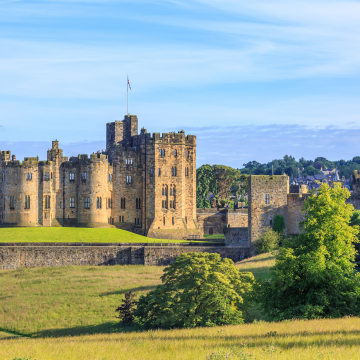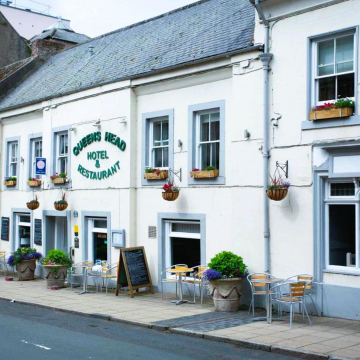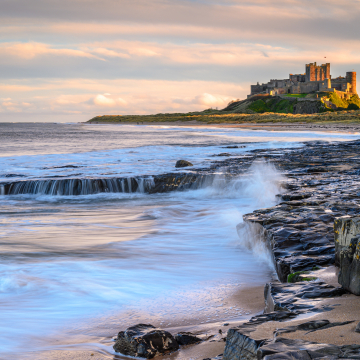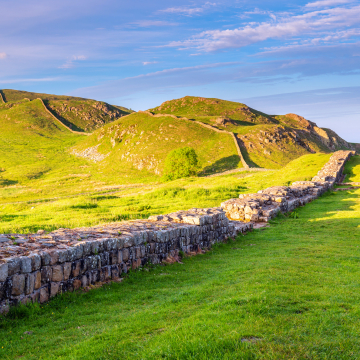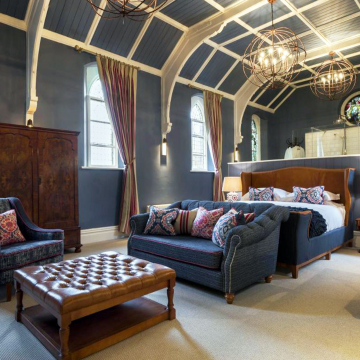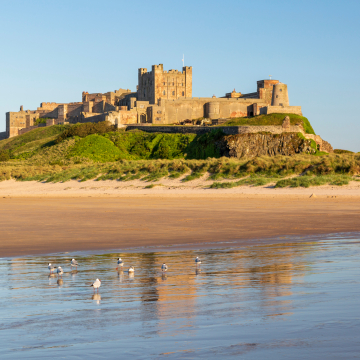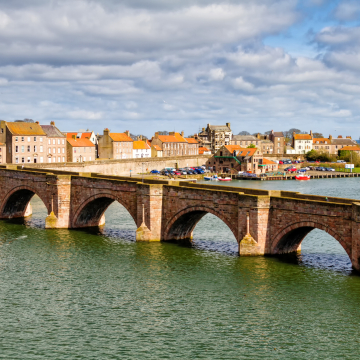Where do you want to go?
-
Northumberland
-
Northumberland Hotels
- Northumberland Luxury Hotels
- Northumberland Country House Hotels
- Northumberland Mid-Range Hotels
- Northumberland Budget Hotels
- Northumberland Bed & Breakfasts
- Northumberland Pub Accommodation
- Northumberland Boutique Hotels
- Northumberland Beach Hotels
- Northumberland Family Hotels
- Northumberland Romantic Hotels
- Northumberland Spa Hotels
- Northumberland Coast Hotels
- Northumberland National Park Hotels
- Alnwick Hotels
- Bamburgh Hotels
- Belford Hotels
- Berwick-upon-Tweed Hotels
- Chathill Hotels
- Hadrians Wall Hotels
- Haltwhistle Hotels
- Hexham Hotels
- Morpeth Hotels
- Otterburn Hotels
- Rothbury Hotels
- Seahouses Hotels
- Warkworth Hotels
- Wooler Hotels
-
Northumberland Bed & Breakfasts
- Northumberland Luxury Bed & Breakfasts
- Northumberland Bed & GREAT Breakfasts
- Northumberland Country Bed & Breakfasts
- Northumberland Coast Bed & Breakfasts
- Northumberland National Park Bed & Breakfasts
- Alnwick Bed & Breakfasts
- Bamburgh Bed & Breakfasts
- Belford Bed & Breakfasts
- Berwick-upon-Tweed Bed & Breakfasts
- Chathill Bed & Breakfasts
- Haltwhistle Bed & Breakfasts
- Hexham Bed & Breakfasts
- Morpeth Bed & Breakfasts
- Otterburn Bed & Breakfasts
- Rothbury Bed & Breakfasts
- Seahouses Bed & Breakfasts
- Warkworth Bed & Breakfasts
- Wooler Bed & Breakfasts
-
Northumberland Pub Accommodation
- Northumberland Luxury Inns & Pubs
- Northumberland Historic Inns & Pubs
- Northumberland Country Inns & Pubs
- Northumberland Coast Pub Accommodation
- Northumberland National Park Pub Accommodation
- Alnwick Pub Accommodation
- Bamburgh Pub Accommodation
- Belford Pub Accommodation
- Berwick-upon-Tweed Pub Accommodation
- Chathill Pub Accommodation
- Haltwhistle Pub Accommodation
- Hexham Pub Accommodation
- Otterburn Pub Accommodation
- Rothbury Pub Accommodation
- Seahouses Pub Accommodation
- Warkworth Pub Accommodation
- Wooler Pub Accommodation
- Alnwick

